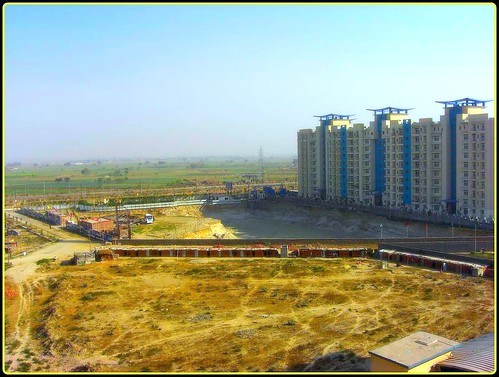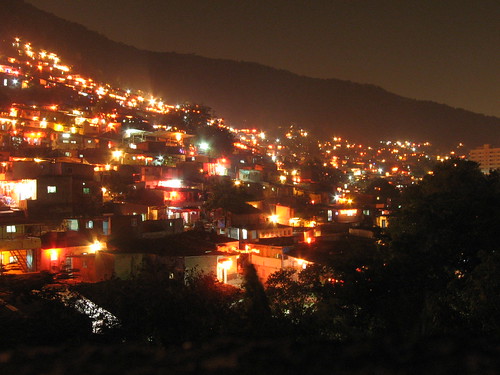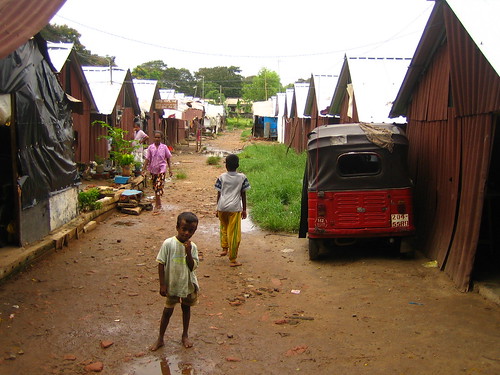Developed and Developing Economies – Online Resources and Revision Materials
The full title of this section from the IGCSE syllabus is:
‘Developed and developing economies: trends in production, population and living standards’

Image: Some rights reserved by souravdas
Here is what the syllabus requires of us:
Candidates should be able to:
• describe why some countries are classified as developed and others are not;
• recognise and discuss policies to alleviate poverty;
• describe the factors that affect population growth (birth rate, death rate, fertility rate, net migration) and discuss reasons for the different rates of growth in different countries;
• analyse the problems and consequences of these population changes for countries at different stages of development;
• describe the effects of changing size and structure of population on an economy;
• discuss differences in living standards within countries and between countries, both developed and
developing.
![]() There is a lot of overlap between this section of IGCSE Economics syllabus and the Geography (I)GCSE – if you are studying that subject, you will be able to use some of your Geography notes and resources too. Some of the websites given below are Geography revision pages.
There is a lot of overlap between this section of IGCSE Economics syllabus and the Geography (I)GCSE – if you are studying that subject, you will be able to use some of your Geography notes and resources too. Some of the websites given below are Geography revision pages.

Some rights reserved by godwin d
a) describe why some countries are classified as developed and others are not;
Quite a detailed, interactive site: http://bbc.in/hZmNJh
Note: development is bigger than economci growth. Think of economic growth as a key ingredient of development, a sub set of development. This video by geographyalltheway shows us that development can mean a lot of things:
b) recognise and discuss policies to alleviate poverty;
Aid
Fair Trade
mobiuslive posted an excerpt video from eq.tv on fair trade:
And DiagramConsultores gives us this video on Fair Trade in the Domincan Republic:
Microfinance
Video from Opportunity International:
WorldBank provides an example from Mauritania:
c) describe the factors that affect population growth (birth rate, death rate, fertility rate, net migration)

Image: Some rights reserved by Aidan Jones
d) discuss reasons for the different rates of growth in different countries;
e) analyse the problems and consequences of these population changes for countries at different stages of development;
cheergalsal offers this summary of the Demographic Transition Model:
And geographyalltheway gives us this animated explanation:
http://bbc.in/htA601– and follow the links to the pages that follow this first one
Test your understanding here: http://bit.ly/g9Spcs
f) describe the effects of changing size and structure of population on an economy;
g) discuss differences in living standards within countries and between countries, both developed and developing.

Source: http://www.mint.com/blog/trends/mint-map-global-wealth-distribution/
| Print article | This entry was posted by James Penstone on February 21, 2011 at 8:44 am, and is filed under Economics, IGCSE Economics. Follow any responses to this post through RSS 2.0. You can leave a response or trackback from your own site. |




